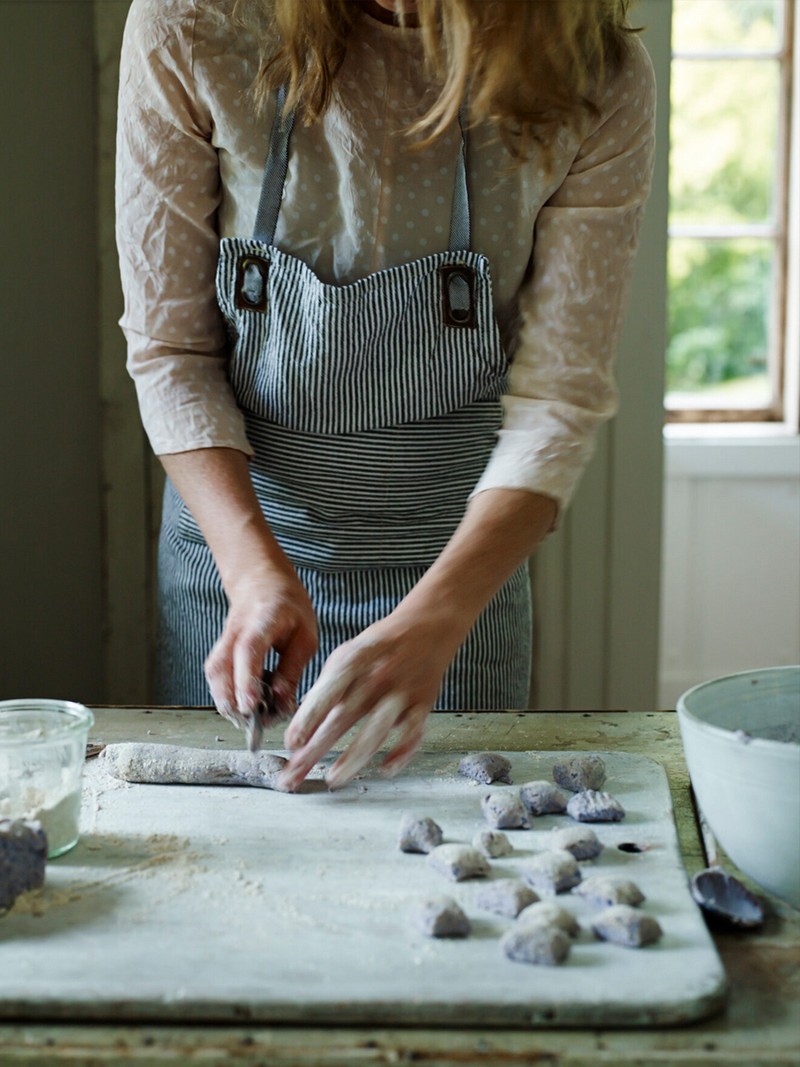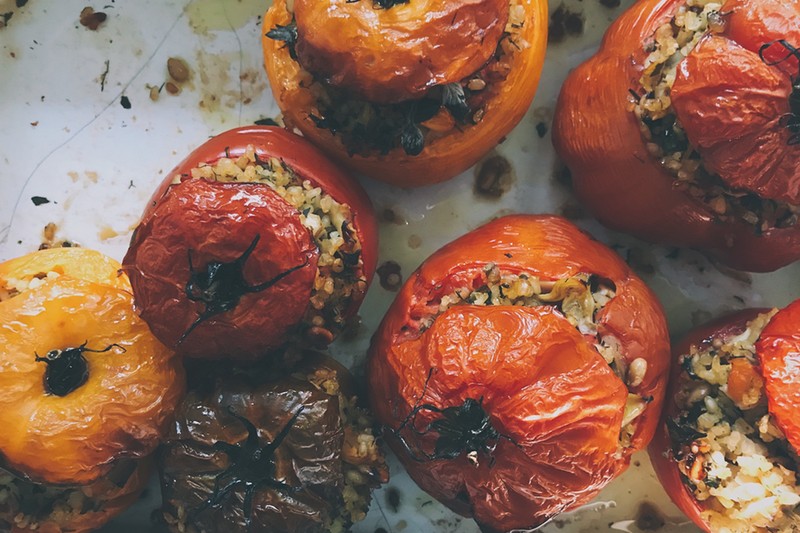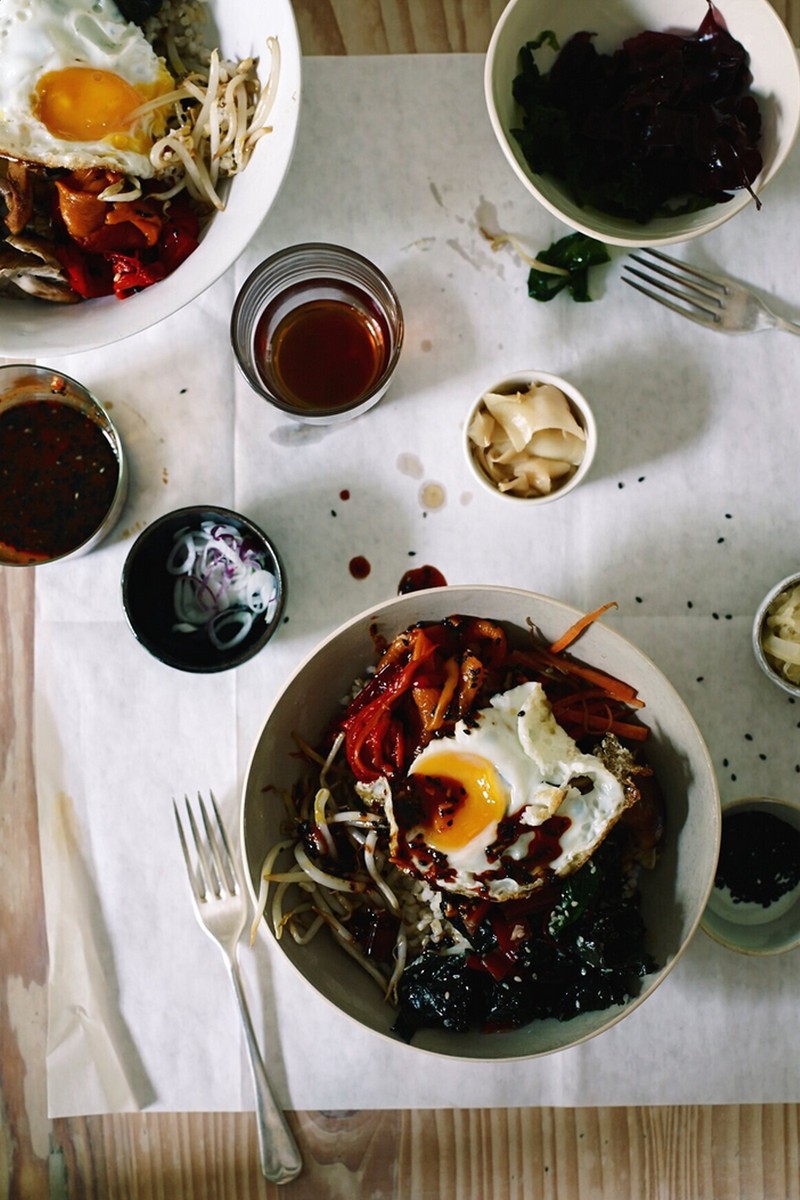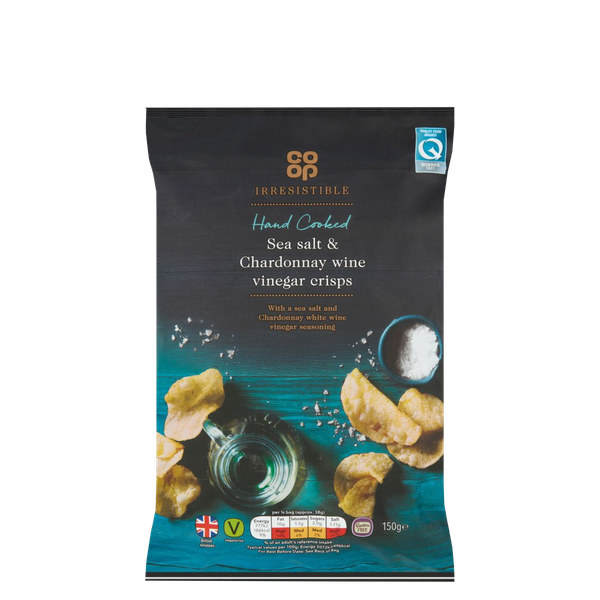A Cool Chef & Cookbook Author Tells Us What’s In Her Online Order
FRUIT & VEG
Mangoes: Winter is a great time to find perfumed varieties of mangoes from sunnier climes – they are so good to eat as is. From April to June, you’ll find treasured boxes of Alphonso mangoes from South Indian grocers or use a tin of blazing orange, Alphonso mango pulp to make chia puddings, ice creams and smoothies.
Pomegranates: They’re fiddly and a bit less convenient, but the whole fruit is so much better than the packs of ready-picked arils. They’ll keep for ages and look majestic in a fruit bowl. I add pomegranate jewels to salads or overnight oats and scatter them over tzatziki for a sweet, juicy crunch.
Kale: I love kale. It’s a great source of fibre, vitamins C and K and the cure for many ills. I have an ultimate kale salad recipe in my new book and am convinced it will convert every naysayer. The trick to raw kale is to dress the leaves with a little oil then ‘bruise’ them thoroughly in a heavy pot over a medium heat before incorporating into a salad. For kale beginners, Waitrose sells a juicy variety called Pentland Brig, which is bouncy, lush and never tough.
King Oyster Mushrooms: Excellent sliced, then sautéed or roasted, these caramelise beautifully, with a firm texture and nutty flavour. Stuff them into bao buns or tacos and use them to top off mushroom risottos.
Golden Butternut Squash: Ideal for roasting, making velveteen soups or mashing into bean burgers and blending into dips, golden butternut squash has dense, vivid orange flesh and a rounded sweetness. Temper its honeyed flavour with saline capers and fiery chilli in a winter salad with chickpeas, flat leaf parsley, crumbled feta and a dash of paprika.
Curry Leaves: If you see these, snap them up – they freeze well, so you can keep them stashed for later and use them to elevate a fragrant, Keralan-style curry – there’s one in my new Repertoire book.
Fennel: For slaws, salads and slow roasts, I love fennel. It has an anise flavour, clean crunch and transforms into a buttery, caramelised crisp in the oven. When you eat it raw, remember to sit it in iced water for 20 minutes before draining and dressing with fruity olive oil, lemon and salt.
FRIDGE STAPLES
Goat’s Cheese: Sussex Slipcote Sheep’s cheese is made by High Weald Dairy, which isn’t far from where I grew up. It’s soft, citrusy and delicate – perfect on a cheeseboard or spread on bruschetta with roast beetroot and crumbled walnuts. They also make a great sheep’s milk halloumi.
Beetroot Hummus: I always have a pot of this in my fridge. It’s a great companion for raw vegetables.
Cheddar: Paxtons Cave Aged Cheddar is my go-to. It’s a beautiful, sharp but sonorous Cheddar from Somerset. It’s also made using vegetarian rennet.
Eggs: I always have some on stand-by for boiling, poaching, scrambling, shakshuka-ing and baking. I like the Leghorn Whites as they tend to be a bit cheaper but Clarence Court’s eggs are produced with care for the hens.
Yoghurt: I’m not here for thin, sour yoghurts. Dorset Dairy Co’s milder answer to Greek yoghurt is wonderful with fruit and cereal or as a base for dips. It’s made using milk from their free-range cows and live cultures only.
Pickles: I have a sour tooth, so pickles are a staple in my cupboards. Vadasz Garlic and Dill Pickles taste homemade, as does its Sauerkraut.
Miso: Vegetarian and vegan food sometimes needs a bit of umami oomph to give it depth. I have a couple of miso pastes on rotation in the fridge to add to soups, sauces and fritters. My favourite is the Marukome White Miso.
CUPBOARD ESSENTIALS
Extra Virgin Olive Oil: An extra virgin olive oil with proper character is a must for finishing seasonal salads and vegetables. Yes, it’s a bit pricey, but the one by Honest Toil will knock your socks off.
Honey: You can’t beat the Purest Sussex Honey, Richard Markwick. I believe my late grandparents gave or sold Richard Markwick their hives when they retired, so hopefully a few are still in use all these years later. Both the jar shape and the taste are exactly as I remember – floral and delicate. You can buy both set and runny varieties from Infinity Foods in Brighton, Sussex.
Dukkah: I recommend making this fragrant Egyptian spice, seed and nut blend yourself. There’s a great recipe in Repertoire. It only takes a few minutes, is far more economical and can be customised to suit. In a pinch, this ready-made one by Zest & Zing is good for dredging over falafel, hummus, roast vegetables and salads.
Vanilla Pods: Nothing compares to a real vanilla pod and there is so much variety out there when you know where to look. Have a read of Zazou’s descriptions and get excited about the flavours of Tahitian beans versus Ugandan. Then make incredible crème brulée.
Tamari: I prefer to have tamari (rather than soy) at home and rate the one by Clearspring. Regretfully, I’ve found myself getting more sensitive to gluten recently and this is also a safer option to keep on hand when cooking for friends who need a gluten-free option.
Mustard: I use mustard a lot in dressings, in marinades and as an accompaniment. Tracklements Robust Wholegrain Mustard works particularly well in a herby vinaigrette, especially when stirred through pulses.
Chilli Jam: An essential for sandwiches, sauces and dumplings of all kinds, if you can’t make your own, Mr Vikki’s Chilli Jam is almost as good. Not too sweet and just hot enough.
Sundried Tomato Paste: This is another vehicle for adding umami punch to vegetarian cooking. I stir Belazu’s into everything and sizzle it into the base of tomato sauces to highlight and deepen the savoury notes.
Mutti Tinned Tomatoes: They’re worth the expense, I promise. I’ve done side-by-side tests using Mutti finely chopped tinned tomatoes against supermarket own in sauces and Mutti wins every time.
Nut Butter: Dangerous but essential. I like Pip and Nut’s Crunchy Almond Butter on toast or porridge. Cashew butter is an excellent cheat ingredient for a satay sauce, too, when you don’t have time to roast and blend nuts from scratch.
Dark Chocolate: High-quality chocolate will make any baking better. I love using Valrhona dark chocolate because they do a couple of different ‘grades’ and you don’t have to faff around chopping it up. This slightly milkier one is milder/sweeter and there’s a killer 70% that veers more towards bitter.
SNACKS
Dates: I’ve used Natoora for many years. Subscribe to its Sunday emails for a comforting run down of what’s in season. Its Medjool dates are as indulgent as toffee.
Smoked Almonds: Chika’s smoked almonds are a serious umami snack, but I’d also put them in the cupboard essentials section. Crush or chop them and throw into salads or blend into a dukkah spice mix. Their smokiness adds an extra dimension to vegetarian cooking.
Moutabbal Baba Ghanoush: More smoky flavours, only this time in a charred aubergine, garlic and tahini dip. Better than all but the best hummus. I love the one by Kammoon.
Nocellara Del Belice Olives: Mild, buttery and with an anise flavour, these are my favourite olives to snack on. Pick up Christmas presents from Lina Stores at the same time.
Milk Chocolate: I first tried Freia chocolate in Norway a few years ago and am partial to a few squares. It must be referred to as Melkesjokolade for maximum effect.
Crisps: The rumours are true. The Co-Op’s Cooked Sea Salt & Chardonnay Wine Vinegar Crisps are the absolute best. If you love salt and vinegar, you have to try these.
FREEZER
Lime Leaves: Keep them frozen for maximum freshness. Lime leaves are heaven shredded paper-thin in Thai and Vietnamese salads or rice rolls. Bruise them and throw them into East Asian stews and curries where they’ll impart a magical lime flavour. Steep them in hot water with turmeric to make a tea, or go one step further and simmer in a fresh ginger and sugar syrup which you can chill, mix with lime juice and spoon over fresh tropical fruit to eat with ice cream.
Tempeh: I always keep Impulse Tempeh in the freezer for impromptu stir-fries. It’s best eaten hot and, though pleasantly sour in its own right, best thought of as a carrier for flavours – so go big on the ginger, garlic and chilli.
Ground Almonds: I know we hear it all the time, but great ingredients do make all the difference. I keep ground Pariani almonds (and nuts in general) frozen in an airtight container so that they stay fresh. These are good and sweet enough to make your own marzipan with.
Tamarind: More work than a jar, but far better. Tamarind pulp will keep for a couple of years in the cupboard, but it’s a pain to macerate it in boiling water and pass through a sieve every time. I freeze the strained pulp in ice cube trays then tip into a sealed freezer bag once solid. Much easier for adding to dressings, curries and sauces and keeps its bright, tangy flavours intact.
Ice Cream: I would find it very difficult to go too long without ice cream and Hackney Gelato is the reigning champ. Epic flavours and a vegan sorbet range that is equally good – particularly the raspberry flavour.
DRINKS
English Sparkling Wine: Peter Hall makes exceptional cuvées at his vineyard Breaky Bottom, nestled in the South Downs, just a few miles from Lewes in East Sussex. This is my go-to for any celebration when you might normally reach for champagne.
Ginger Tea: A good handful of sliced, fresh ginger in a teapot, topped up with just-boiled water is perfect. Replace some of the ginger with fresh turmeric or add lemon zest, mint or lemon verbena to mix it up. I drink a lot of this and find it settles many ills.
Kombucha: I love kombucha, which we make at home every few days. It’s very easy once you get your starter scobies going and you can vary the flavours to suit your mood, steeping ginger or fresh fruit in the fermenting tea. Jarr’s is also very good, particularly the passion fruit flavour.
Vodka: Konik’s Tail is a lovely smooth, Polish vodka for dirty martinis or sipping. The bottle is also gorgeous.
Pedro Ximenez: The sweetest of sherries and therefore perfect to accompany cheese or to sip – or even for gently simmering into a syrup to poach pears. Again, you’ll find the recipe in Repertoire. It makes the most of the Pedro Ximénez’s syrupy caramel, raisin, vanilla and prune notes, even if you use an inexpensive bottle – which you should. Save the pricey ones to drink as is.
For more food inspiration & recipe tips, follow @AliceHartCooks & don’t miss her new book Repertoire: The Best Vegetarian Recipes to Build a Modern Cook’s Collection.
SHOP ALICE'S FAVOURITES
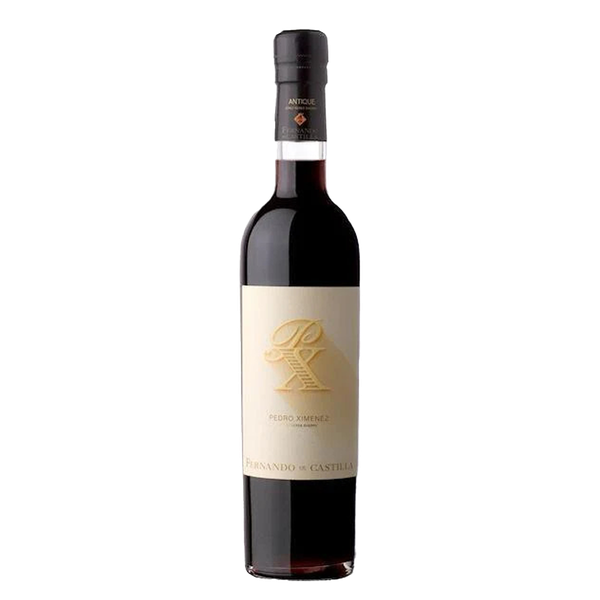
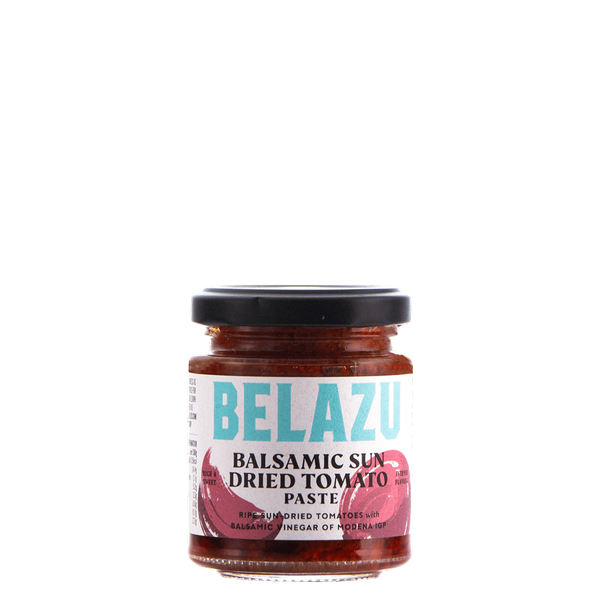
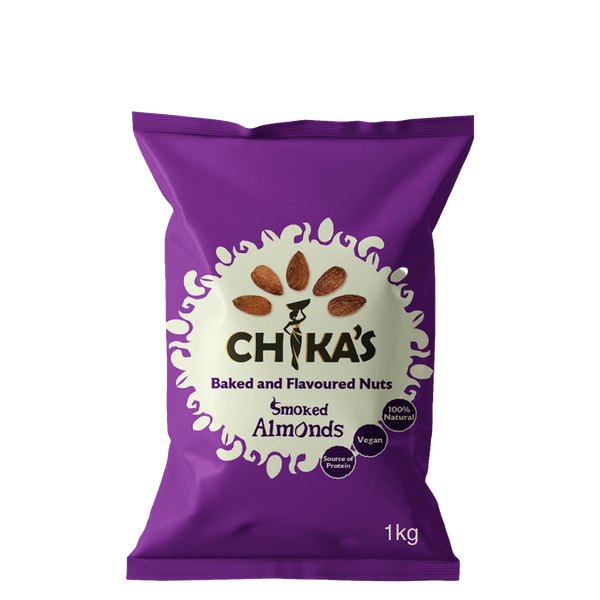
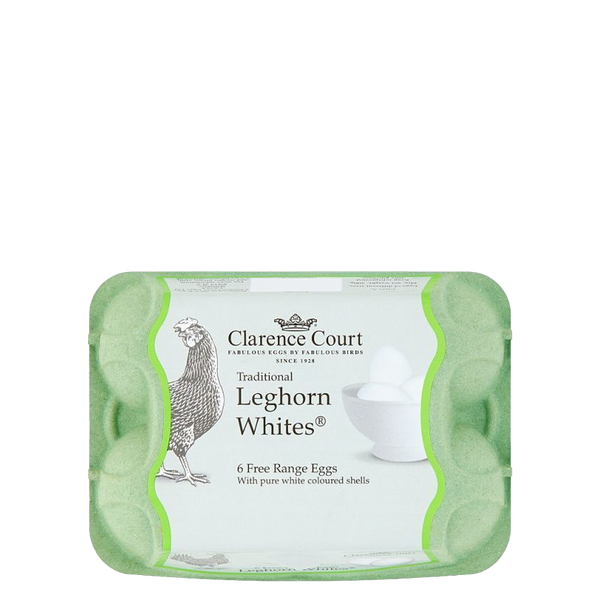



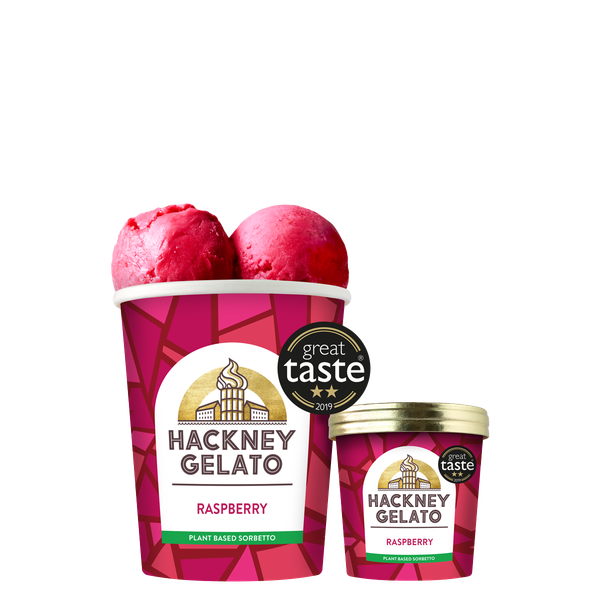
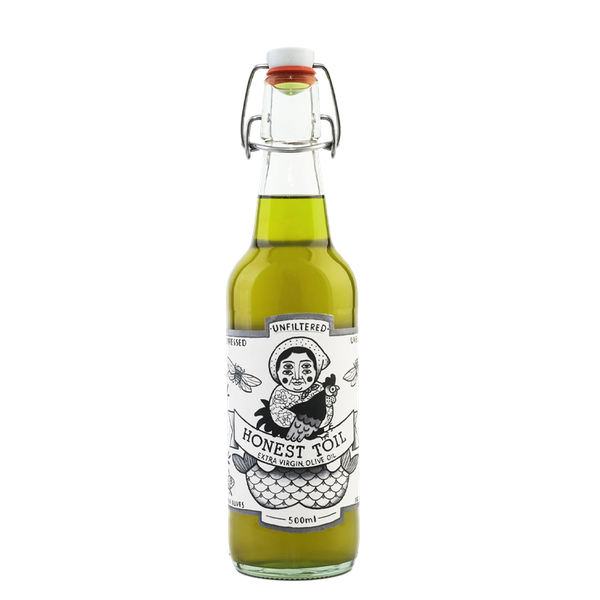
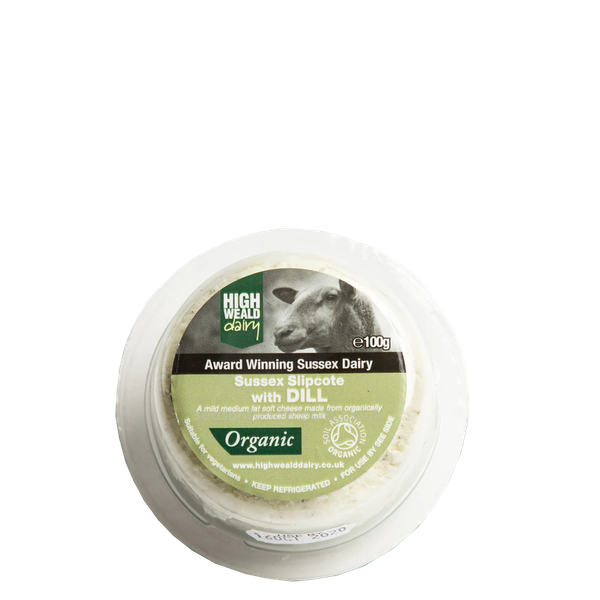

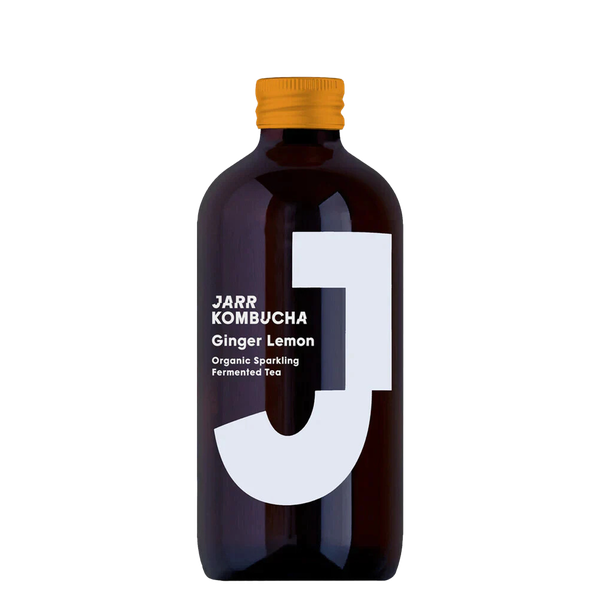
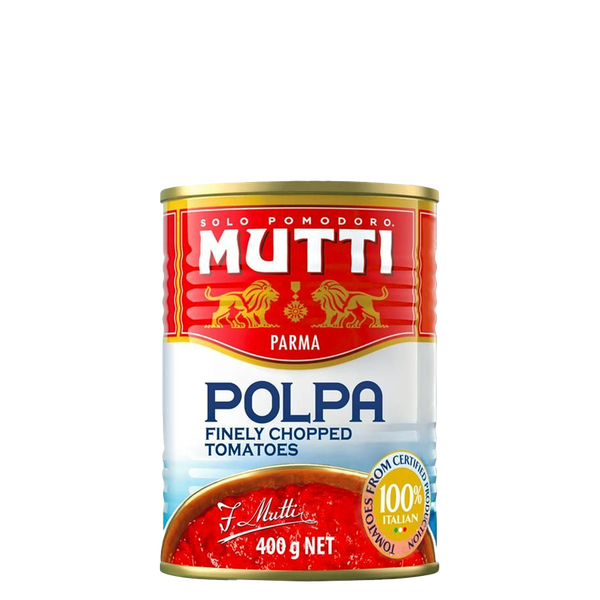
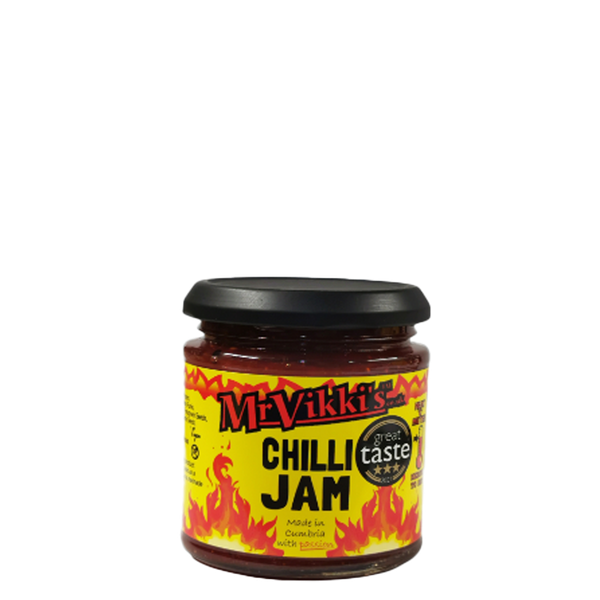

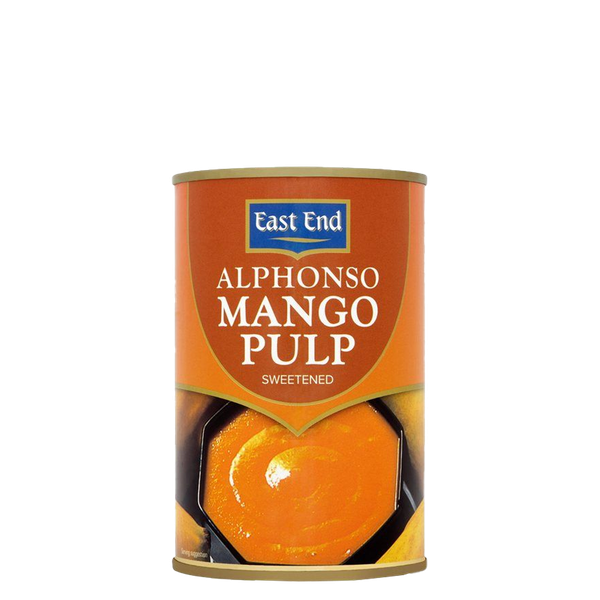
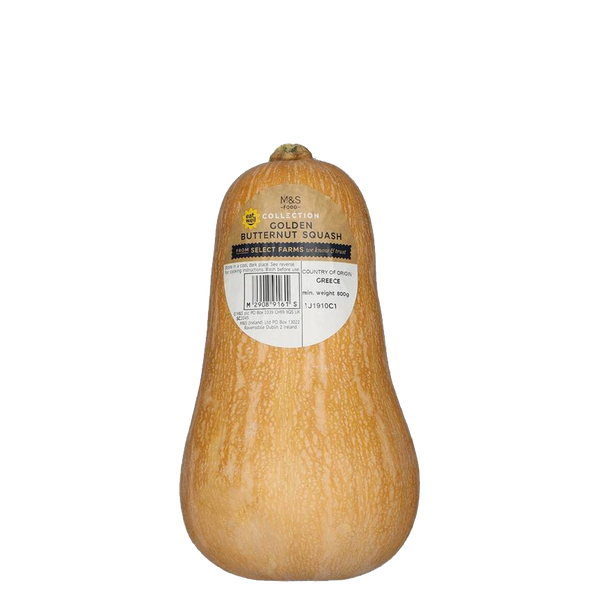

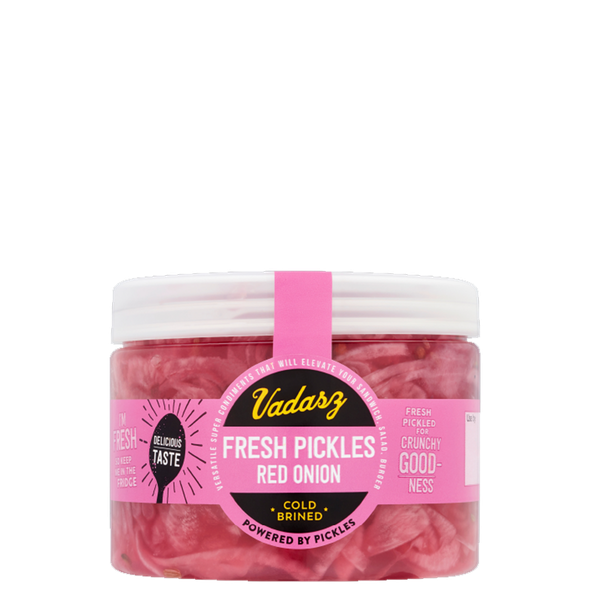

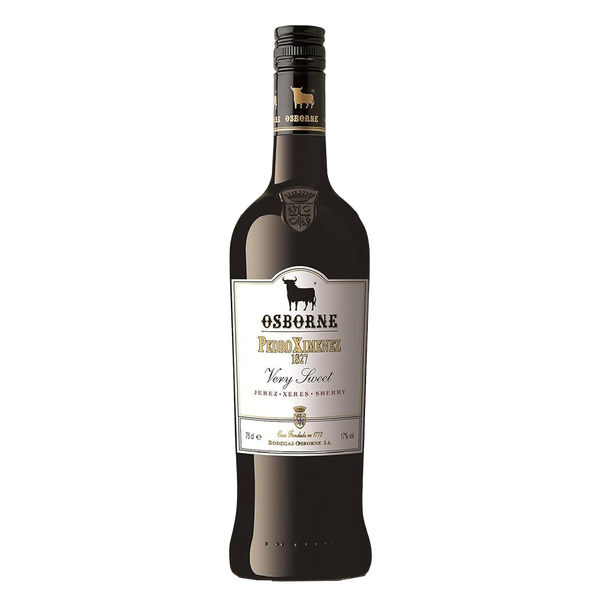
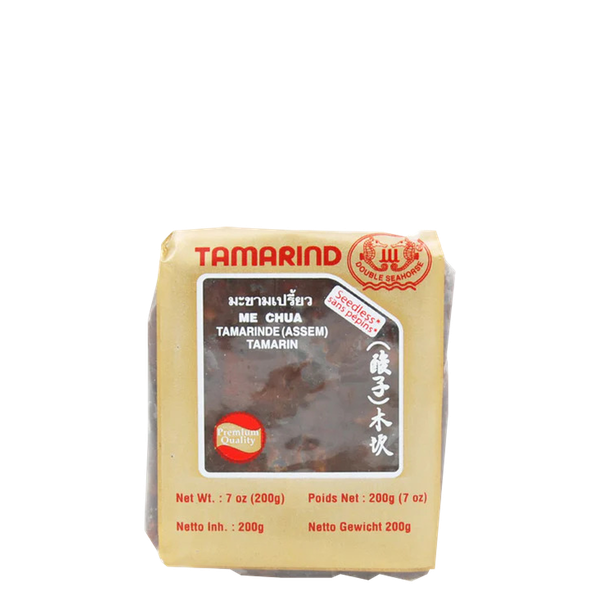
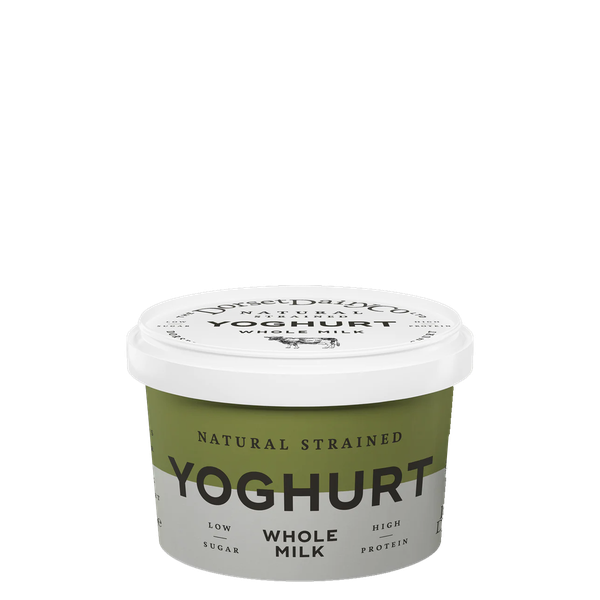
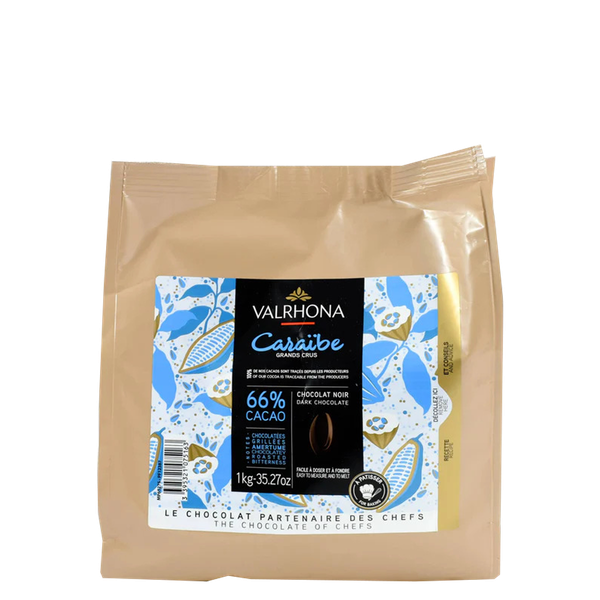
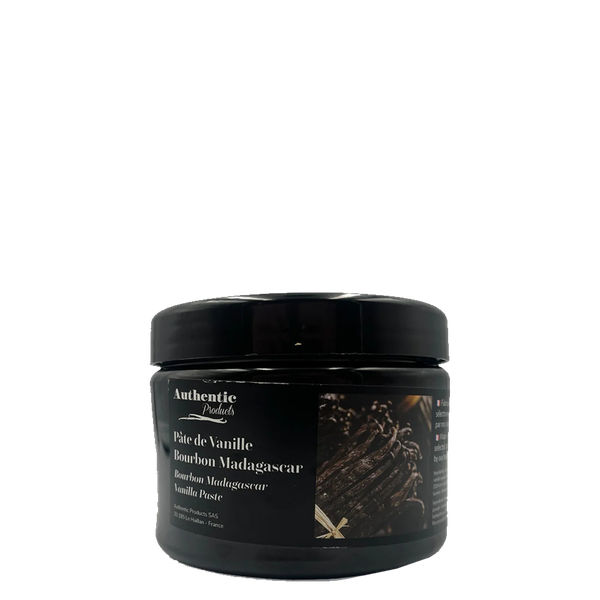
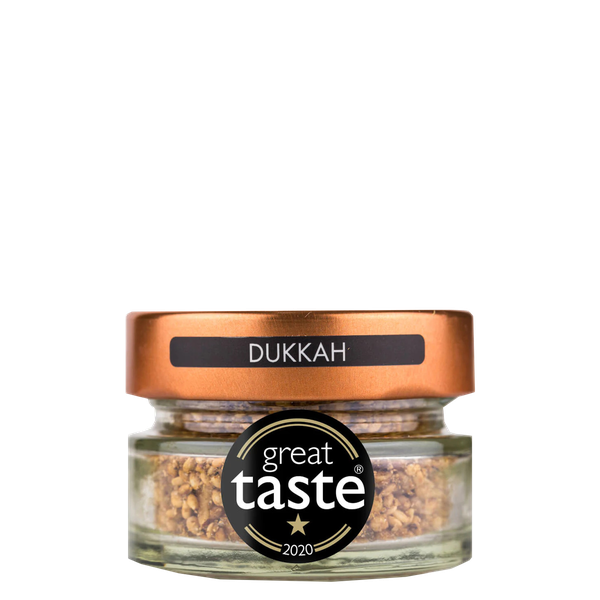
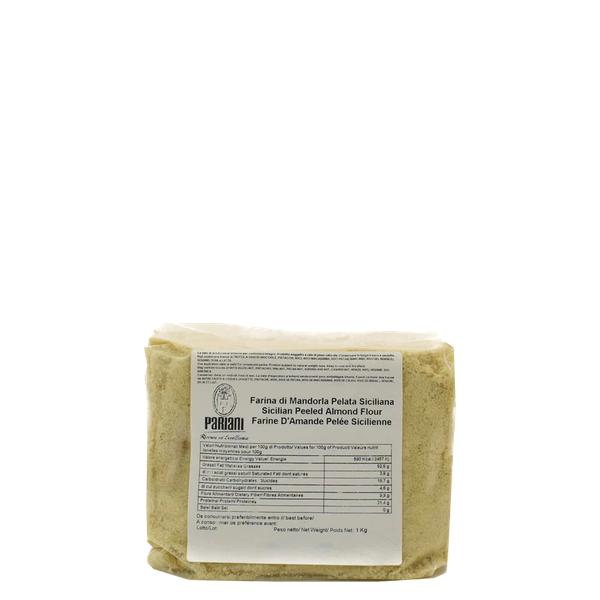

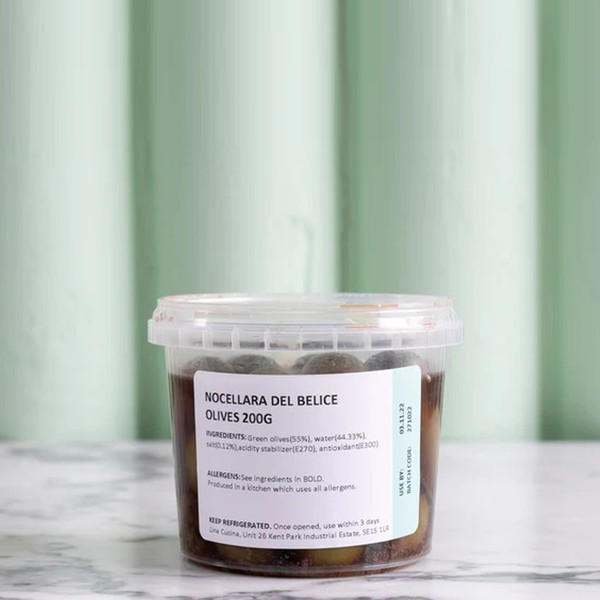
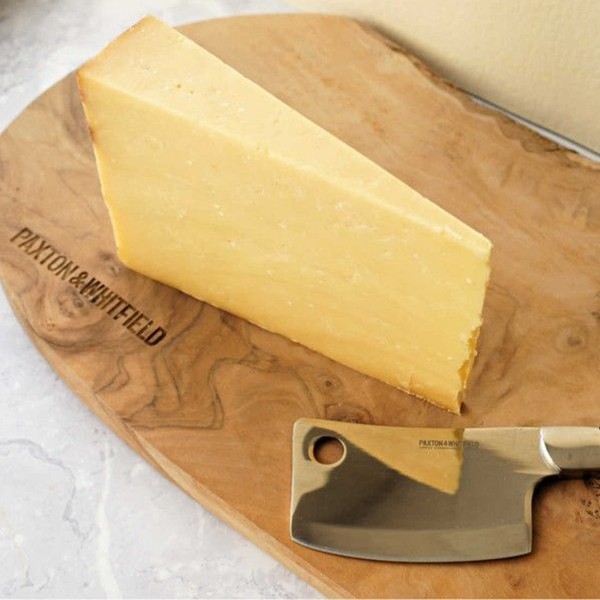
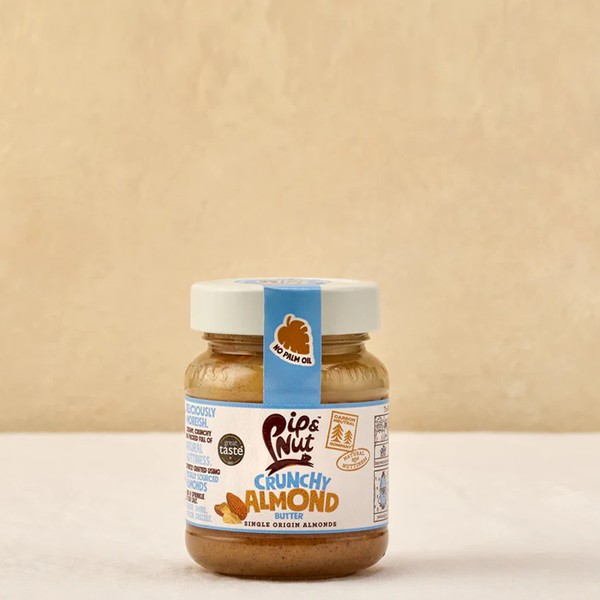
DISCLAIMER: We endeavour to always credit the correct original source of every image we use. If you think a credit may be incorrect, please contact us at info@sheerluxe.com.
